February 25, 2016
The Basics of Off Camera Flash
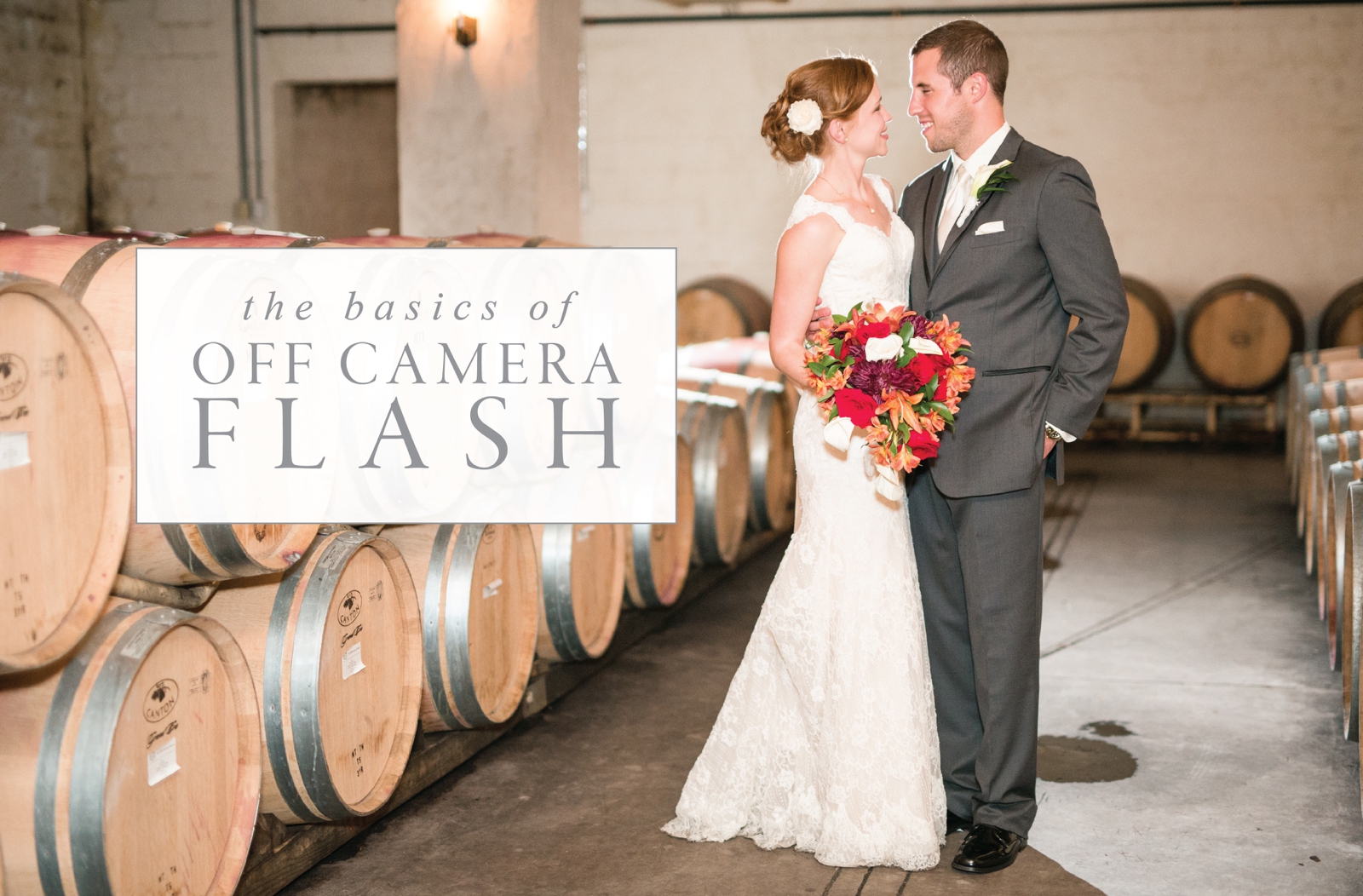 I have had a lot of people asking me to do a post on Off Camera Flash. It’s one of those pieces of wedding photography that most people dread having to learn and is arguably one of the hardest aspects to learn! But for quality indoor reception photos, it is quite necessary! I’ve been putting off doing a post about this topic because, frankly, I still have so much to learn! I find myself tweaking the way I do my OCF for receptions at every wedding! But while some of the technical aspects may vary, I find that I am using the same basic principles for each wedding.
I have had a lot of people asking me to do a post on Off Camera Flash. It’s one of those pieces of wedding photography that most people dread having to learn and is arguably one of the hardest aspects to learn! But for quality indoor reception photos, it is quite necessary! I’ve been putting off doing a post about this topic because, frankly, I still have so much to learn! I find myself tweaking the way I do my OCF for receptions at every wedding! But while some of the technical aspects may vary, I find that I am using the same basic principles for each wedding. 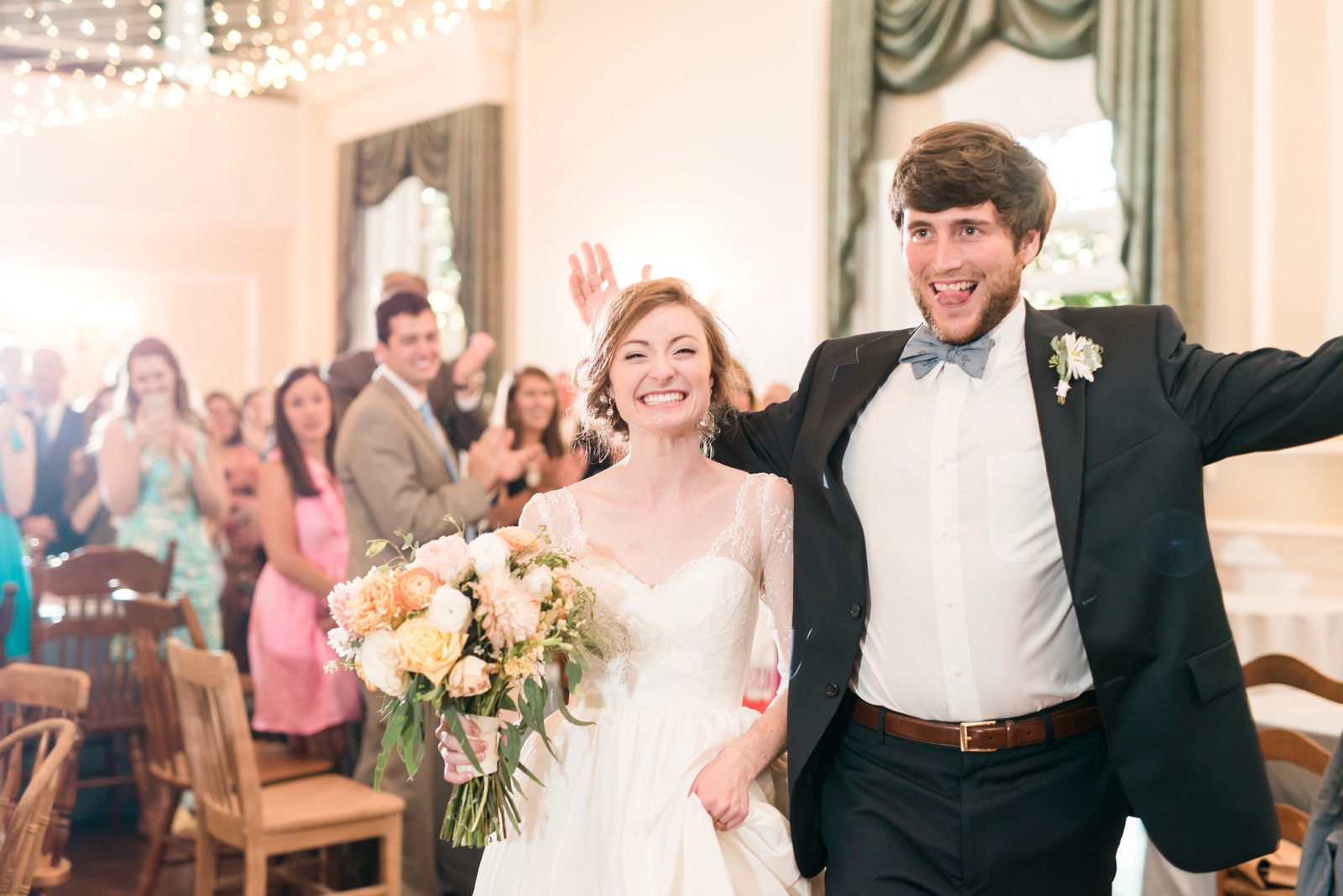 Just like with my naturally lit photos, I strive for image consistency across the board regardless of the situation. I want all my work to have a consistent look that represents my brand and aesthetic. So the same goes for my images using flash! I want them to look as similar as possible to the rest of my photos! So when thinking about it that way, I just have to take a step back and ask myself how I approach my naturally lit images. I am always looking for even lighting both behind and in front of the subject. I am usually keeping the sun around 45 degrees behind the subject (on sunny days) and looking for nice clean ambient light to reflect back onto their faces. So the way I approach my OCF is the same! I am using flashes to achieve an evenly lit background and foreground!
Just like with my naturally lit photos, I strive for image consistency across the board regardless of the situation. I want all my work to have a consistent look that represents my brand and aesthetic. So the same goes for my images using flash! I want them to look as similar as possible to the rest of my photos! So when thinking about it that way, I just have to take a step back and ask myself how I approach my naturally lit images. I am always looking for even lighting both behind and in front of the subject. I am usually keeping the sun around 45 degrees behind the subject (on sunny days) and looking for nice clean ambient light to reflect back onto their faces. So the way I approach my OCF is the same! I am using flashes to achieve an evenly lit background and foreground!
So now let’s break down some of the technical aspects. In order to achieve an evenly lit foreground and background, I will need at least 2 flashes- one for the foreground and one for the background. The one for the background will be on a lightstand across the room so that it can be positioned behind the subject. The one for the foreground will be either on my camera or on another light stand. These flashes need to be synchronized via a radio transmitter either purchased separately (pocketwizard, yongnuo, etc) or by using a flash with them built in (canon 600 ex-rt).
For most weddings I am using 3 flashes- one on a light stand for the background, one on another light stand for the foreground and one on my camera for the foreground and to communicate with the two flashes on light stands. I want the light that is hitting the subjects faces to be soft and diffused (just like ambient reflected light from the sun), so I use a soft box modifier on the foreground flash on the light stand. For the background light, I use a bare flash with no modifier. This is for a few reasons. One, because I want the background light to have more of a ‘pop’ so leaving it bare allows for that. Two, because this light is going to be behind my subject, it can sometimes be in the frame and having a big modifier on it can be quite distracting to the image, whereas a flash without a modifier is not as noticeable. As for positioning, here is a diagram illustrating how I am normally setting these up.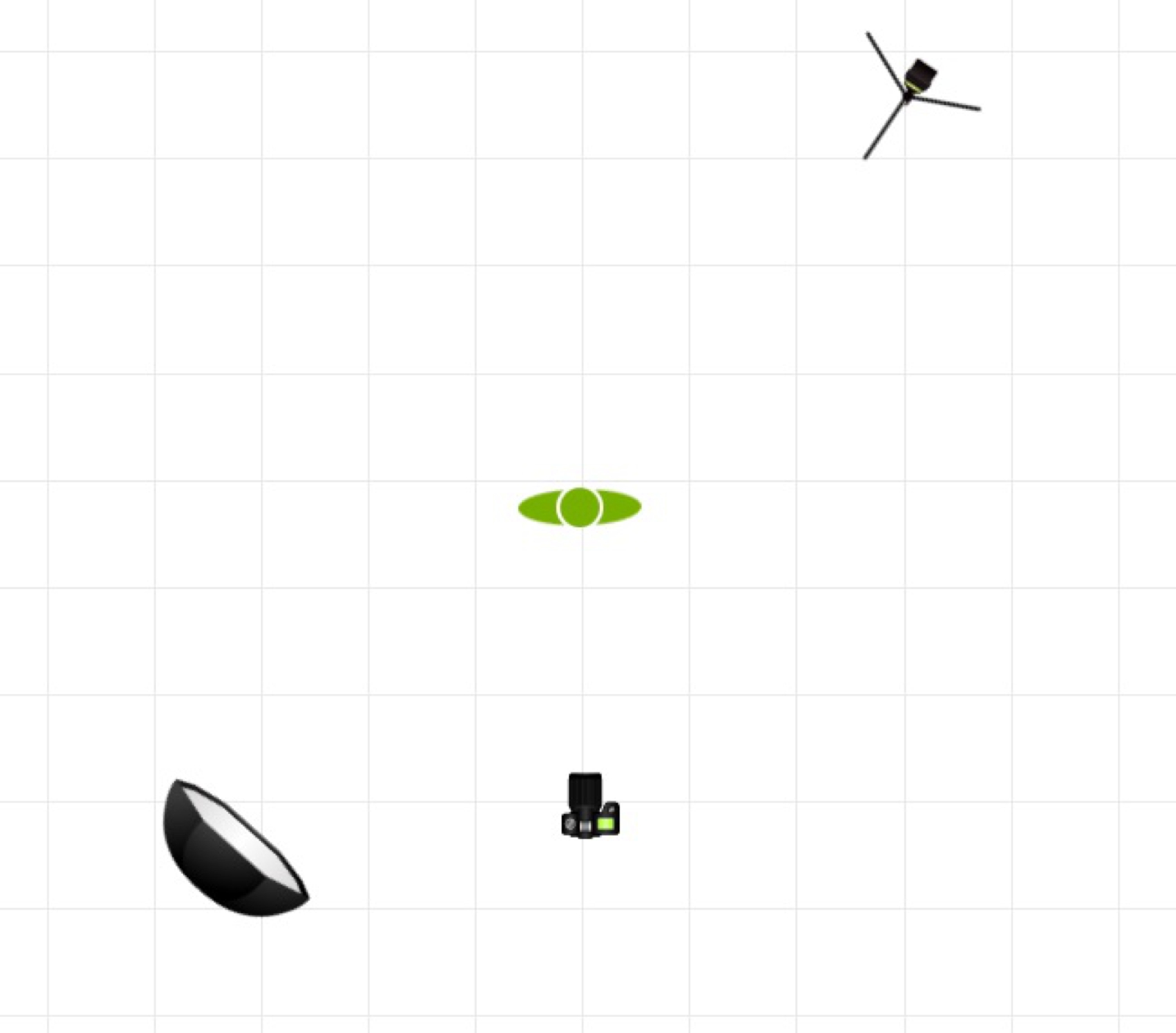 So I am setting my lights up so that they are both hitting the subject from a 45 degree angle. That isn’t how it always ends up in the shot as I have to move around to get the right shot, but that is what I am aiming for. Sometimes I’ll purposely put the bare flash directly behind the subject so that they get the rockstar halo look! And the lights don’t necessarily have to be across from each other like in the diagram. They can both be on the same side, if that better suites the space you are working with.
So I am setting my lights up so that they are both hitting the subject from a 45 degree angle. That isn’t how it always ends up in the shot as I have to move around to get the right shot, but that is what I am aiming for. Sometimes I’ll purposely put the bare flash directly behind the subject so that they get the rockstar halo look! And the lights don’t necessarily have to be across from each other like in the diagram. They can both be on the same side, if that better suites the space you are working with.
If you are only using 2 flashes instead of 3, you can forgo the extra foreground flash (in my case, the softbox light) and just use your on camera flash to light the foreground. When my softbox is not providing adequate foreground light or I am changing my position a lot (like during open floor dancing), I will use my on camera flash to supplement. I will either use the white bounce card or try to bounce the flash off a nearby white surface (wall or ceiling).
Once I get my lights set up in a place I like, the only time I will move them is for special events that are taking place in a different spot (toasts, cake cutting, outdoor portraits, etc). The softbox is great for getting reception detail shots! Just have your assistant/second shooter follow you around with the flash in the softbox (don’t even need it on the stand) and position it at a 45 degree angle to what you’re shooting! Such a great and easy way to zip around the room and cover all the details really quickly! 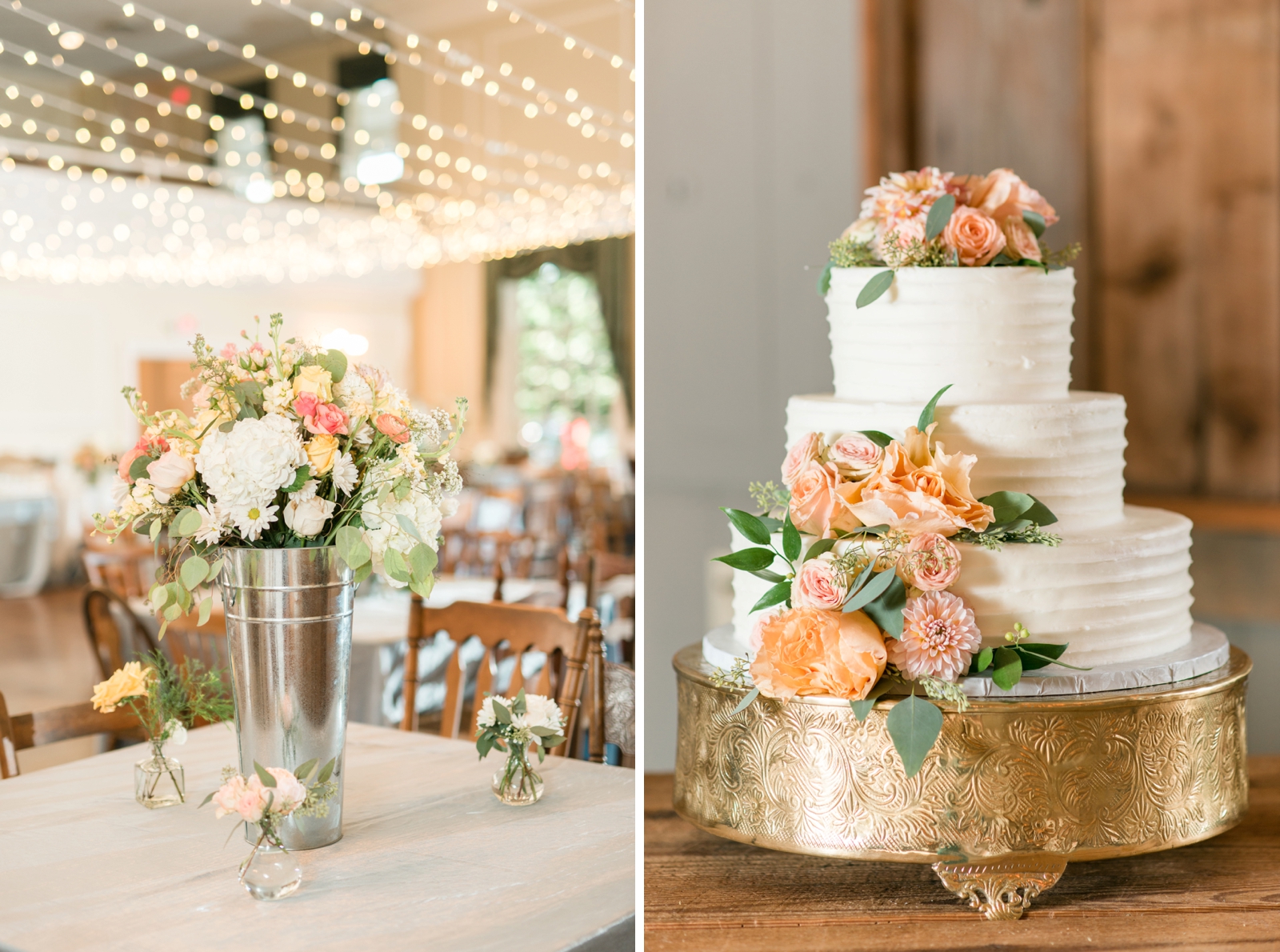
 Here are some other examples of images that utilize my Off Camera Flash setup!
Here are some other examples of images that utilize my Off Camera Flash setup!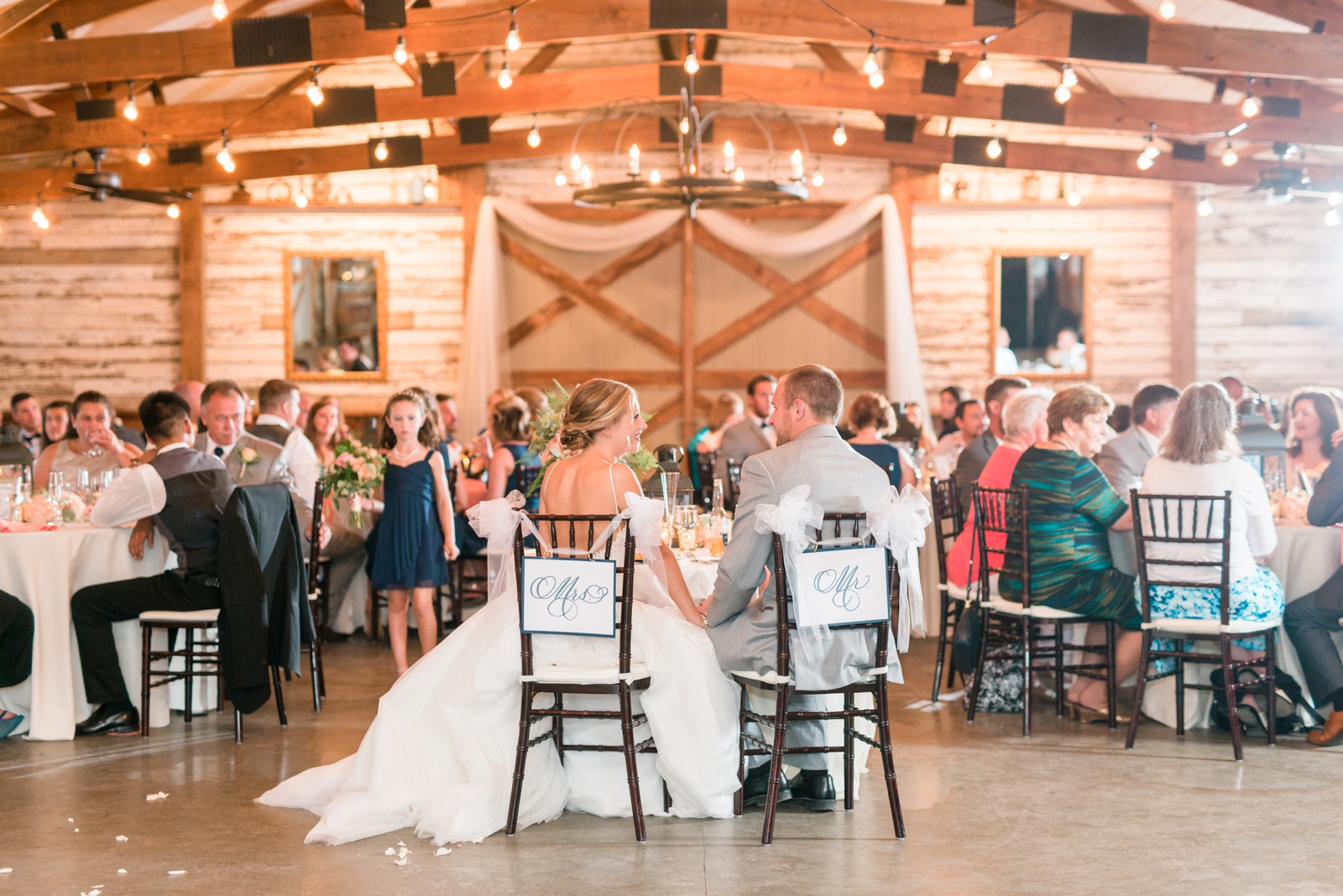
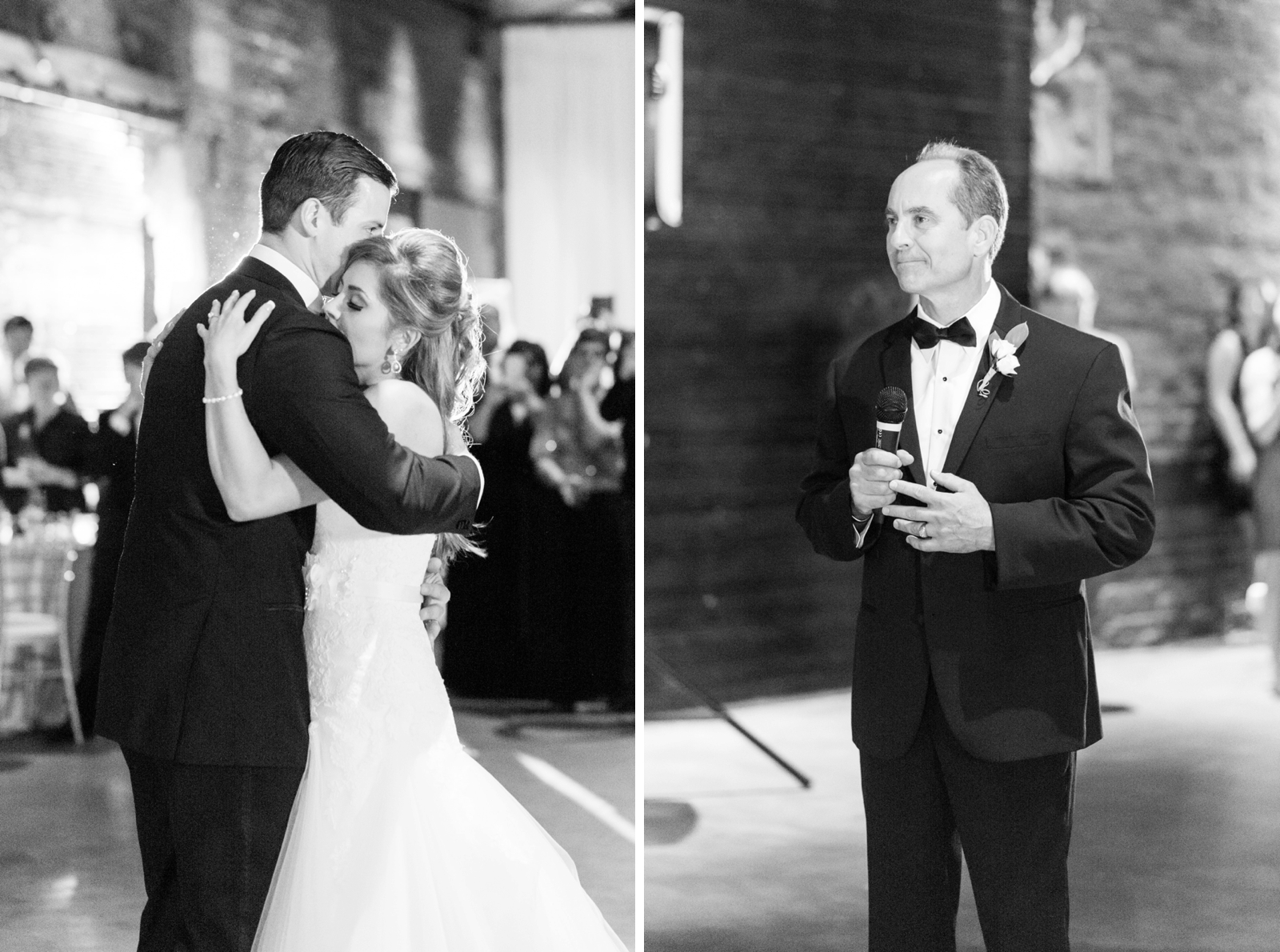
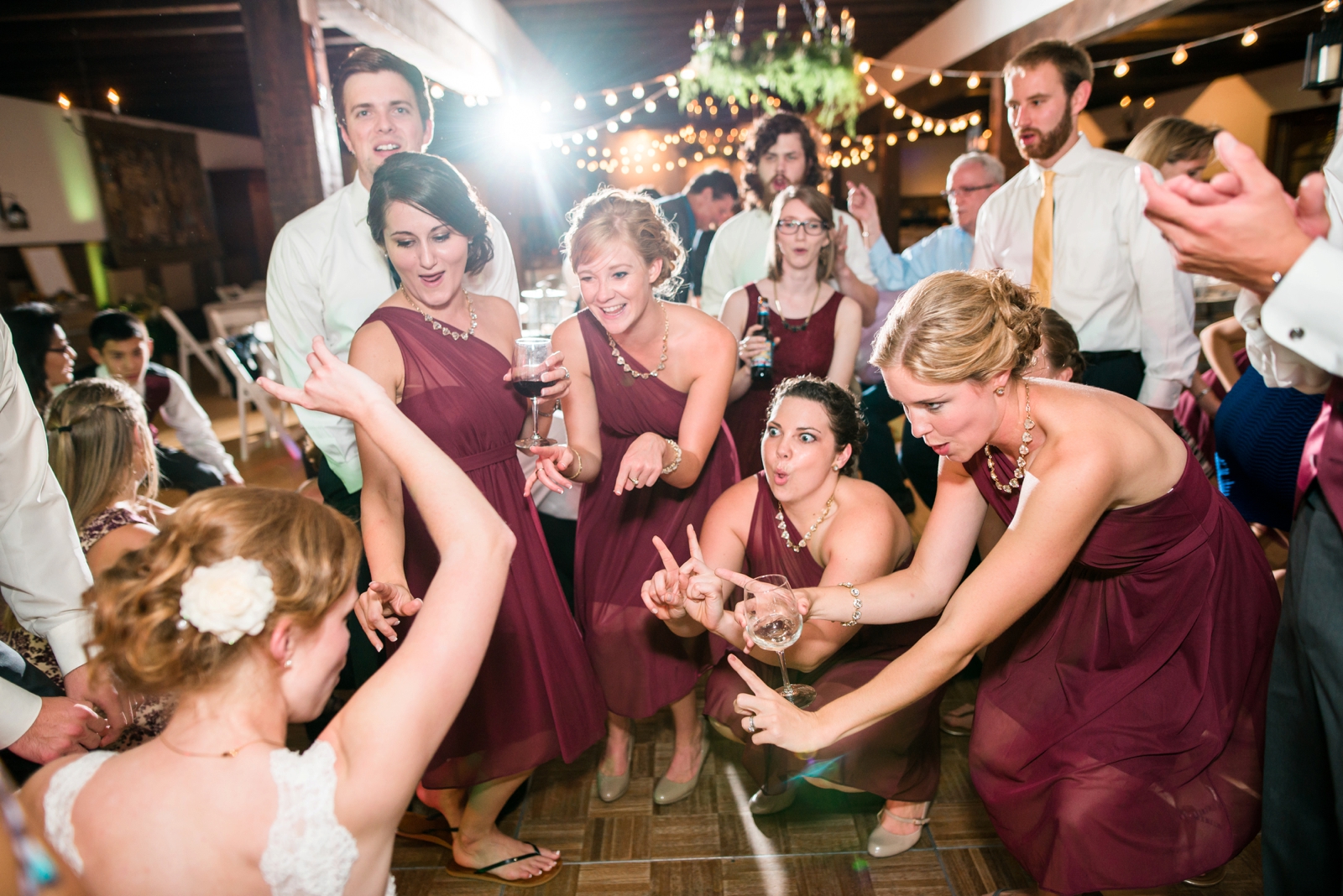




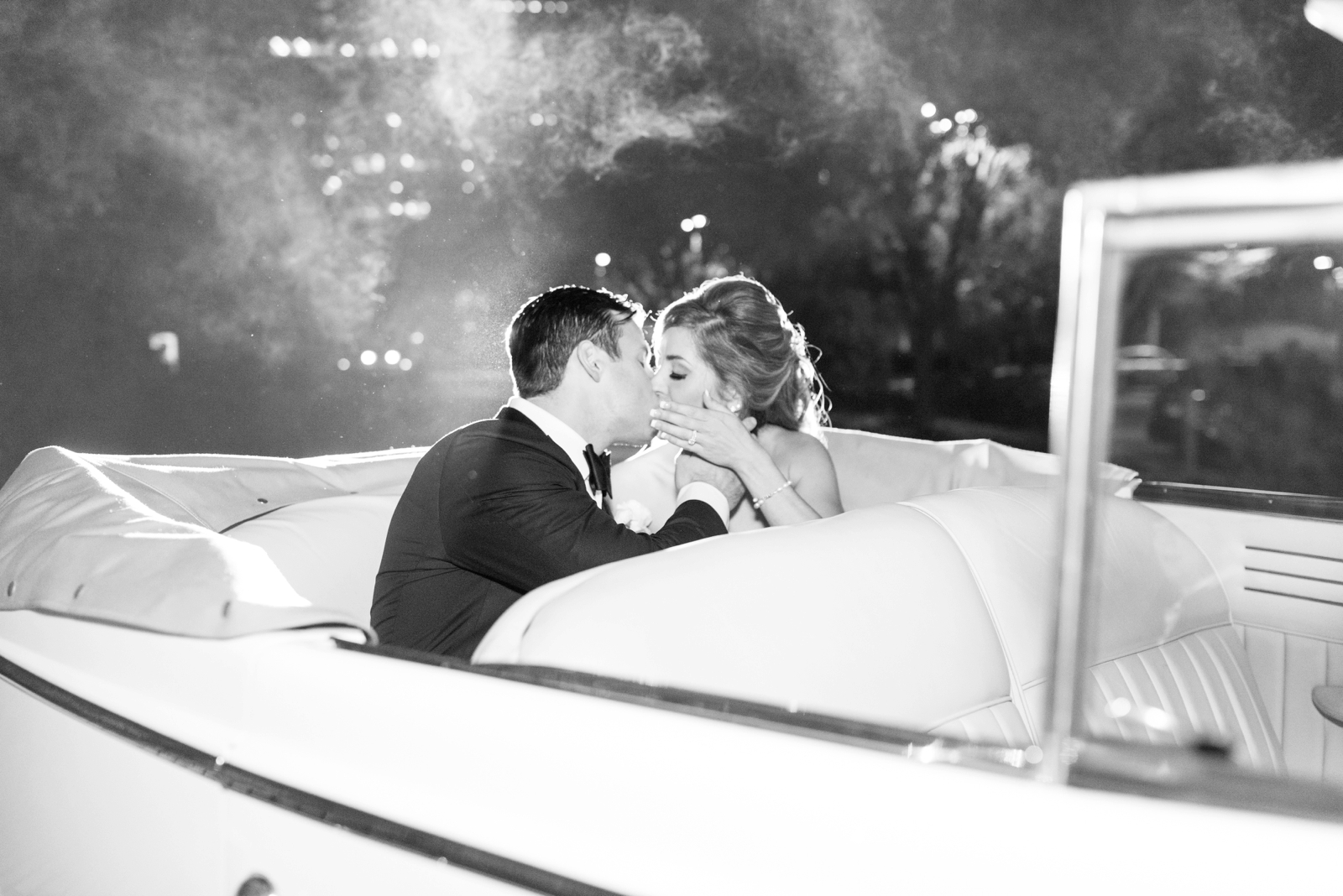 I hope this post helps those of you that are looking to learn or better your OCF knowledge. There are many ways that you can approach your OCF setup, so don’t think that the way I do it is the only way. You’ll want to find an approach that best suites your style of work. My goal for this post was to provide a theoretical overview of my approach to off camera lighting as opposed to a technical one, as I am certainly no expert on the latter. If you are looking a more in depth technical explanation, you should check out Justin & Mary’s Lighting Guide!
I hope this post helps those of you that are looking to learn or better your OCF knowledge. There are many ways that you can approach your OCF setup, so don’t think that the way I do it is the only way. You’ll want to find an approach that best suites your style of work. My goal for this post was to provide a theoretical overview of my approach to off camera lighting as opposed to a technical one, as I am certainly no expert on the latter. If you are looking a more in depth technical explanation, you should check out Justin & Mary’s Lighting Guide!
If there are any other questions you have about my OCF setup, feel free to leave a comment or shoot me an email and I’ll do my best to help!
And be sure to get on my email list to get tips like this delivered straight to your inbox! Click here to sign up and get my Bridal Details Checklist Template while you’re at it!
Here are some other posts from the Ask Anything series that you may find helpful!
Hi Audrey, i love your photos! Quick question…what is the location of the reception above with the brick walls? Thank you!
Hi Kimmy! That venue is actually in Downtown Altanta! It’s called the Georgia Freight depot!
Hello! Is it possible to use a radio transmitter for ocf and also use a flash attached to the camera at the same time? Or do photographers switch them constantly?
Hi Leah! You can certainly have a flash on camera while also talking to off-camera lights. For my setup, I have one on camera and two off. And they all 3 talk to each other and are synced.
This is so helpful! I’ve seen similar suggestions with one OCF and one on-camera, but I like your 3-flash setup–I’ll be giving that a try! Can I ask you what you do for flash settings? I know it will obviously vary by situation, but I’d love to know if you shoot with the OCFs in manual, but the softbox one is less/more powerful…or if your on-camera unit is always TTL…etc… Flash settings are always so confusing to me!
Yes, flash setting can definitely be confusing! I’m honestly always changing mine based on the situation. My bare off camera flash is usually a pretty low setting (1/64-1/32ish), my soft box flash varies based on how close it is to the subject and my on camera flash is usually pretty low (1/128-1/64ish). Hope that is helpful!
Hi, what size soft box or octabox do you use? I recently bought a 43″ one and I feel like it might be too big for receptions. Thanks!
26, maybe?
What flashed and transmitters do you use to sync up all your flashes? I’m struggling to choose the right brand of flash and the right brand of transmitters to use a 3 flash set up.
Thanks!
i recommend pocket wizards!